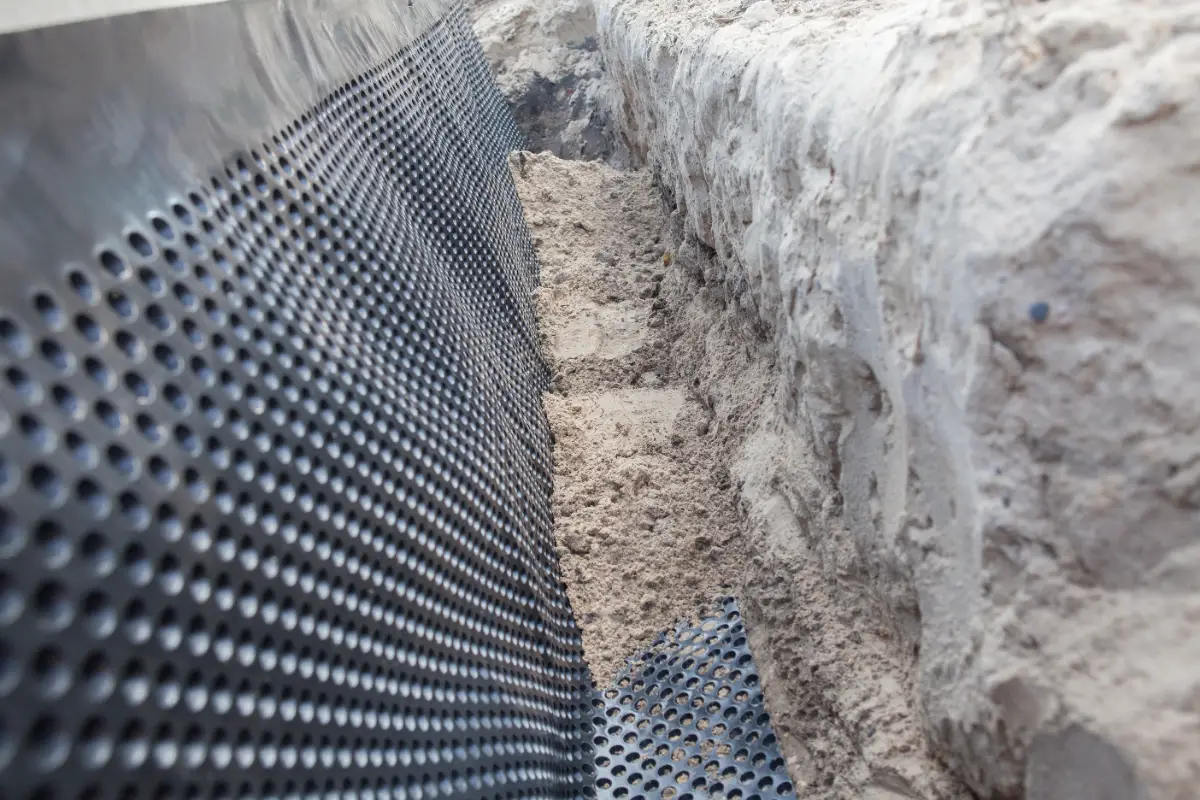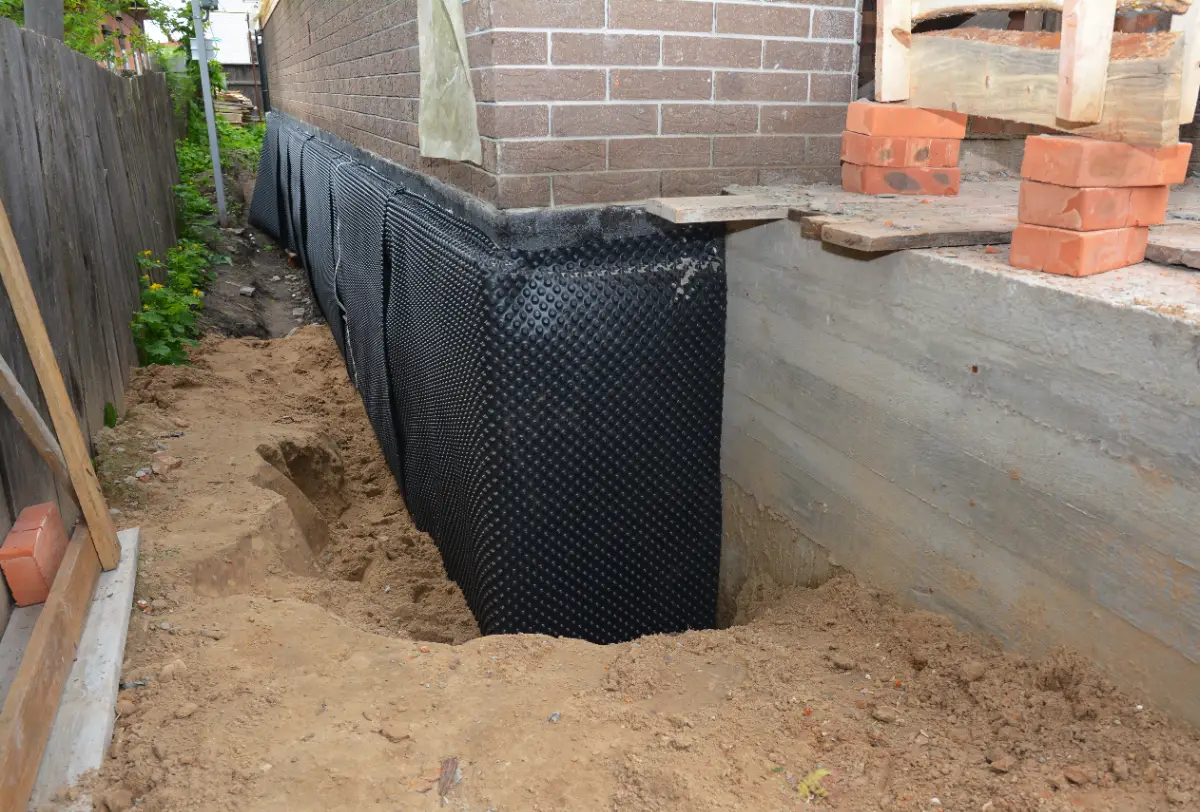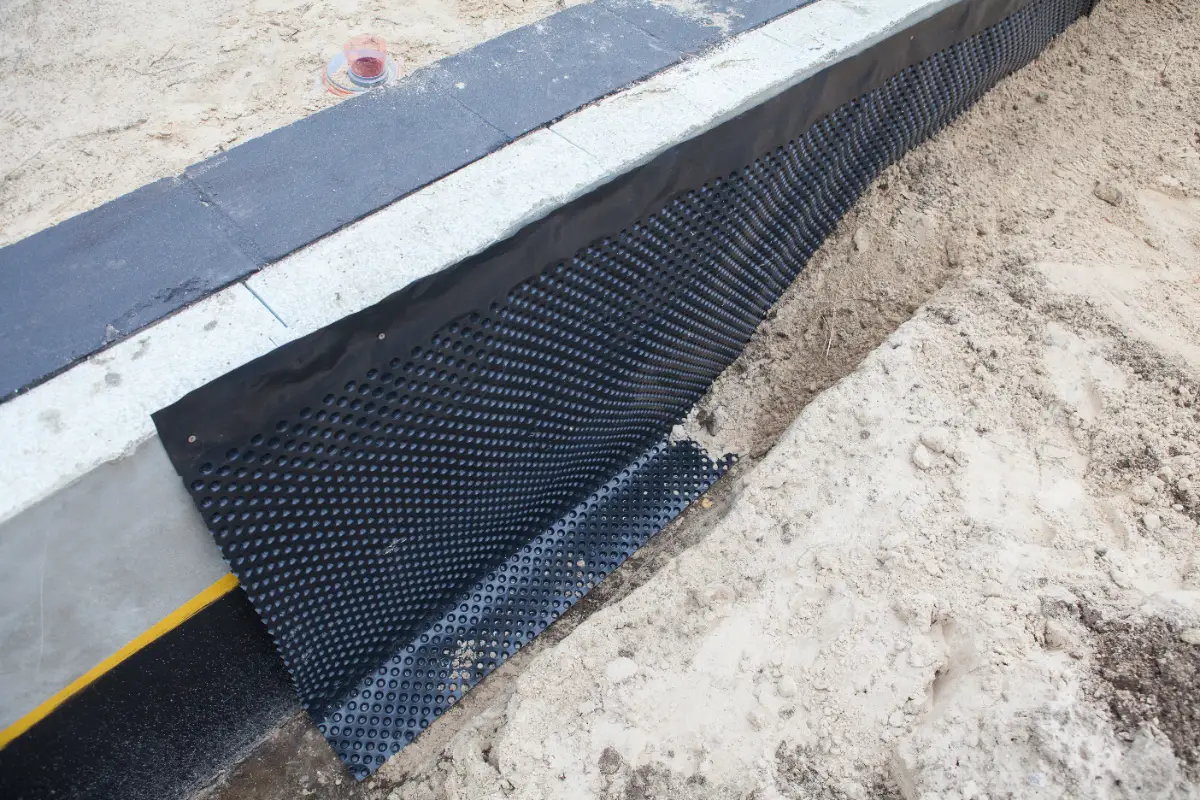Basement Waterproofing in Merrick, NY
Get Your Basement Completely Dry
Professional waterproofing that stops water problems for good, not just until the next storm.

Hear About Us

Merrick Waterproofing Services
You walk downstairs after the heaviest rainstorm and find exactly what you expect: a completely dry basement. No puddles in the corners. No musty smell hitting you halfway down the stairs. No checking and rechecking your stored belongings.
Your basement becomes usable space again. Storage that stays dry. A workshop that doesn’t smell like mildew. Maybe even a family room where your kids can actually play without you worrying about what they’re breathing.
The constant background stress disappears. You stop checking weather forecasts with dread. You stop rushing home during storms to move things off the floor. You just live in your house without that nagging worry about what’s happening downstairs.
Merrick Basement Waterproofing Company
We’ve been solving water problems for Merrick homeowners who’ve tried everything else. We understand how Long Island’s high water table and clay soil create unique challenges that generic solutions can’t handle.
We’re not the guys who show up, spray some sealant on your walls, and call it waterproofing. We dig deeper—literally and figuratively—to find why water keeps getting into your basement and fix it at the source.
Every job starts with understanding your specific situation. Different houses fail in different ways, and cookie-cutter approaches leave you with the same problems six months later.

Basement Waterproofing Process
First, we figure out where water is coming from. Foundation cracks, hydrostatic pressure, poor exterior drainage—each problem needs a different approach. We don’t guess; we investigate until we know exactly what’s happening.
Next, we address the root cause. Sometimes that means exterior basement waterproofing to redirect water away from your foundation. Other times it’s interior waterproofing with professional-grade basement wall sealer and drainage systems. Often it’s both.
We use materials designed for Long Island conditions. The basement sealer that works in Arizona won’t hold up against our water table and freeze-thaw cycles. We know which products actually last here because we’ve seen what fails after five years.
Finally, we test everything before we leave. You’ll see exactly how water moves around your foundation now and why it won’t be getting into your basement anymore.

Ready to get started?
Explore More Services
About Diamond Masonry & Waterproofing
Get a Free Consultation
Complete Waterproofing Solutions
Our basement waterproofing services include both interior and exterior solutions depending on what your house needs. Exterior basement waterproofing involves excavation, membrane installation, and drainage improvements that stop water before it reaches your foundation walls.
Interior basement waterproofing focuses on managing water that does penetrate, using basement waterproofing sealer, drainage channels, and sump pump systems that redirect water safely away from your living space.
We handle foundation crack repair as part of the waterproofing process because cracks are often how water finds its way in. Each crack gets properly cleaned, sealed, and reinforced to prevent future water infiltration.
You’ll also get a clear explanation of what we did and why, plus practical advice for maintaining your newly waterproofed basement. No mystery treatments or proprietary systems you can’t understand.

How long does basement waterproofing actually last?
Should I choose interior or exterior basement waterproofing?
What's the difference between waterproofing and just sealing basement walls?
How much does basement waterproofing cost in Merrick?
Can you waterproof basements during winter in New York?
How do I know if my basement waterproofing is failing?
Local Resources
- Google Map Link
- Find the Merrick, NY USPS
- Locate Nearby Merrick, NY Pharmacies
- View the Current Weather in Merrick, NY
- Merrick, NY is located in Nassau county in New York State